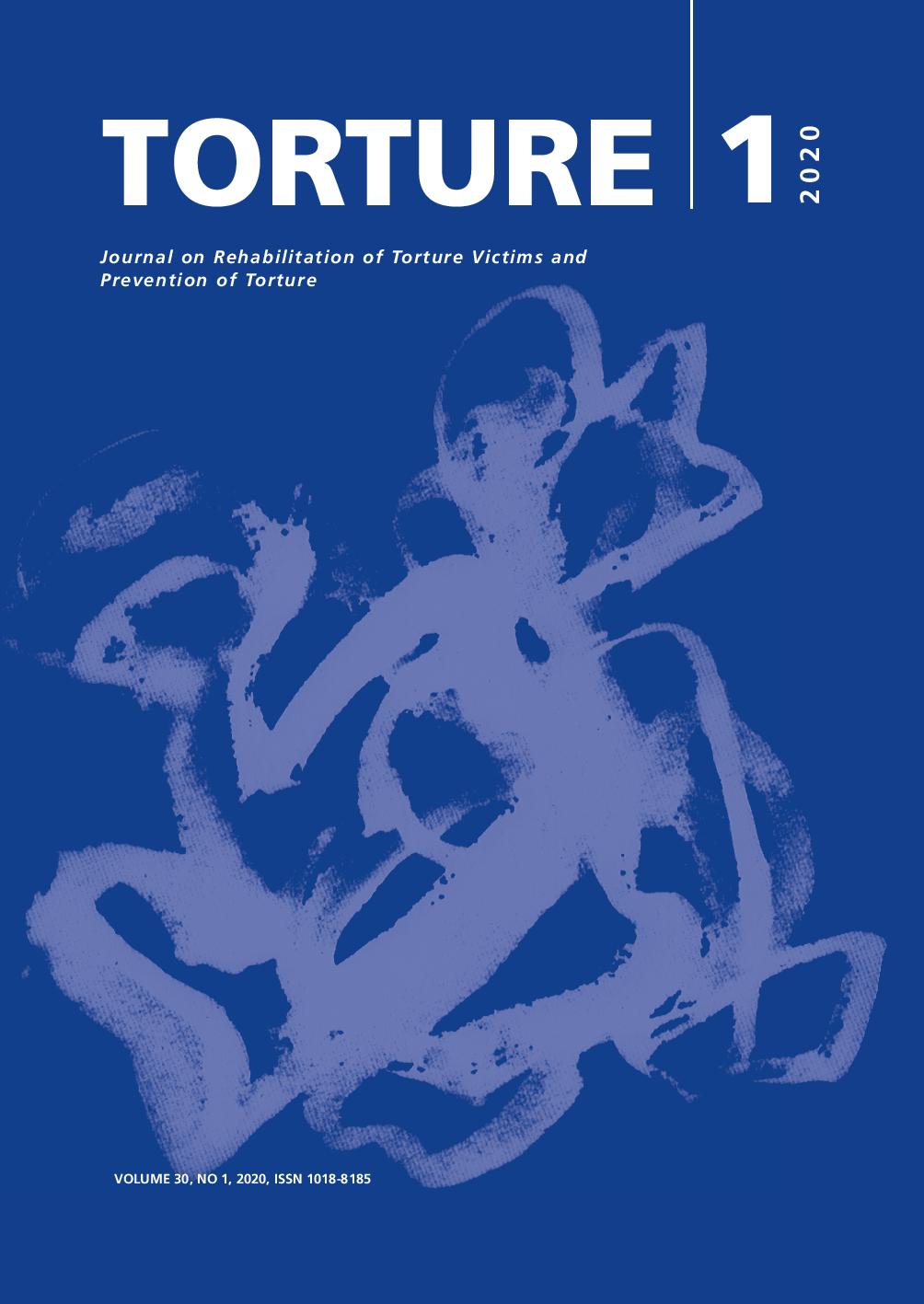Psychiatric experience with perpetrators
DOI:
https://doi.org/10.7146/torture.v30i1.118585Keywords:
Countertransference, Holocaust, Psychological Trauma, Fear, Community psychiatry, Collaboration, Transactional analysis, NazismAbstract
Reprinted with permission from
Journal of Medical Ethics, 17(Suppl), 55–57. doi: https:/doi.org/10.1136/jme.17.suppl.55
© 1991 BMJ Publishing Group Ltd & Institute of Medical Ethics. All rights reserved.
References
Armando, H. S. (1978). De SSers. De Bezige Bij. Danieli Y. (1984). Psychotherapists’ participation in the conspiracy of silence about the Holocaust. Psychoanalytic Psychology; 1(1),: 23-42. https://doi.org/10.1037/0736-9735.1.1.23
Grinberg, L., Sor, D., & Bianchedi, E. T. de. (1975). Introduction to the work of Bion. Clunie Press.
Kohut H.(1978).Childhood experience and creative imagination. In: Ornstein PH, ed. The search for the self, (vol 1). International University Press.
Lifton, R. J. (1984). Medicalized killing in Auschwitz. In S. A. Luel & P. Marcus (Eds.), Psychoanalytic reflections on the Holocaust: Selected essays. Holocaust Awareness Institute, Centre for Judaic Studies, University of Denver and the Ktav Publishing House.
McCann, I. L., & Pearlman, L. A. (1990). Vicarious traumatization: A framework for understanding the psychological effects of working with victims. Journal of Traumatic Stress, 3(1), 131– 149. https://doi.org/10.1007/BF00975140
Winnicot, D. W. (1965). The maturational processes and the facilitating environment. Hogarth Press.
Winnicot, D. W. (1974). The use of an object and relating through identifications. In D. W. Winnicot (Ed.), Playing and reality (pp. 101– 111). Penguin Books.
Downloads
Published
How to Cite
Issue
Section
License
We accept that some authors (e.g. government employees in some countries) are unable to transfer copyright. The Creative Commons Licence Attribution-NonCommercial-NoDerivatives 4.0 International (CC BY-NC-ND 4.0) covers both the Torture Journal and the IRCT web site. The publisher will not put any limitation on the personal freedom of the author to use material contained in the paper in other works which may be published, provided that acknowledgement is made to the original place of publication.


